History/driving impressions originally published in AutoWeek July 25, 1988; republished by the author
wealth, Cunningham was able to indulge in a number of interesting cars in the ‘30s. After cutting his racing teeth on MGs, for the 1940 New York World’s Fair Grand Prix he built the BuMerc, a modified 1939 Buick Century with a Mercedes SSK body, to be driven by good friend Miles Collier.
Cunningham raced the BuMerc and then a Ferrari at Watkins Glen after the war (finishing second both times). Then in 1950 he assaulted Le Mans with two Cadillacs, one a stock-bodied Coupe de Ville, the other a special called “Le Monstre.” Results (11th and 12th overall) were good enough for Cunningham to return to France in 1952 with the car with his own name on it, the Cunningham C2. (There was a C1, but it was a prototype only). Altogether three C2s made the trip to the Sarthe circuit.
LeMans, though, is famous for its rules and regulations, and one was that to be considered a manufacturer one must build at least 10 cars in 12 consecutive months. Originally it was intended that a dual-purpose car be built, but that proved to be impractical. The resulting C3 would be a fast sports-touring car.
The Cunningham C3 was based around a tube chassis built in Cunningham’s West Palm Beach, Fla., shop. The chassis was then shipped to Turin, and Vignale fitted a body design by Michelotti. Two body styles were available, a coupe and a three-position cabriolet. Twenty-five coupes were supposed to have been made, but the number was closer to 19. At least three cabrios, maybe four, were built.
One of the cabrios, No. 5230, was bought by Nelson Rockefeller, who in addition to being vice president was also an automotive enthusiast. Although the C3 was introduced in 1952, the Rockefeller car was not built until 1954. Rocky kept it at his upstate New York estate, putting approximately 18,000 miles on it. Auctioned off after his death, the second owner was unable to get it to run properly. Max Rubin of Washington, D.C., became the third owner. According to Max, the only thing wrong with it was carburetor misadjustment.
The Vignale body, at least on No. 5230, is unusual in that it’s all aluminum except for the steel front fenders. The door skins are riveted on. Flush-fitting pop-out door handles are a clean touch of the exterior, but Vignale added a massive sweep of chrome to the hood – which looks good – and a non-functional scoop complete with curved bars across the front – which doesn’t.
Inside are a leather bench seat and lots of metal trim strips, hand-engraved, as are the inside door handles, window cranks, and the spokes of the wood-rimmed steering wheel. Vignale reworked standard American-origin instruments to increase their size and added large bold relief numerals. The top, in addition to full up and down, has an intermediate position that works but has a tendency to hit one in the back of the head. The spare consumes trunk space, and any luggage would have to go in the limited room behind the seats.
Standard equipment on the C3 was the latest 235 hp, 331 cid Chrysler Hemi. This was normally equipped with a single four-barrel carburetor, but for an extra $360 Rockefeller ordered the four Zenith single-throat carburetors on a Cunningham intake manifold, one of several “competition” options offered.
The Chrysler engine makes a big American V-8 rumble. Roll on the gas and it goes. Acceleration was very good for its time: With the optional Cadillac manual three-speed, 0-60 took less than seven seconds, and with the semi-automatic it was 8.5. That is, of course, if you can get the shift routine down pat. This bizarre set up required clutch startup, a manual shift to second with no clutch or throttle, and then for third, just let up on the throttle again. To down shift to second, mash the throttle or touch the button on the end of the shifter.
One sits low in the car. The shoulder-high window sills give the sensation of being in a ‘50s automobile ad illustration, one with tiny people in huge cars. Steering is genuine 1950s American loose. Handling, though the Houdialle shocks do what they can, is not confidence-inspiring. There is 3500 pounds here and 7.10×15 bias ply tires are the only contact with Mother Earth. John Bond wrote in 1954 that it was “only in matter of experience to be able to set up 100 mph ‘drifts’ controlled by accelerator alone.” Respectfully, trying to do that could only be classified as an experience.
Cunningham returned to Le Mans in ‘53, his cars finishing a best-ever third, seventh and 10th. He last raced there in ‘55, after which is company was essentially dissolved by the IRS because it was classified as a hobby, not a business. After five consecutive years of net losses (despite breaking even with the C3), B.S. Cunningham Co. was gone. Cunningham himself decided to devote his talents and energy to sailboat racing and ultimately defended the America’s Cup successfully in 1959. That decision, right or wrong, cost the U.S. the manufacture of a grand touring car the equal of any produced in Europe.
Even as it was, in grand American tradition, a mongrel of the most common heritage, a mutt with a golden heart.








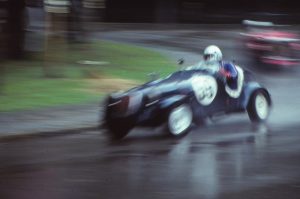
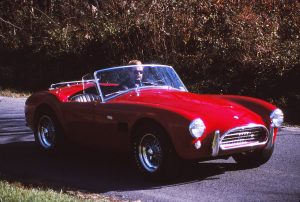
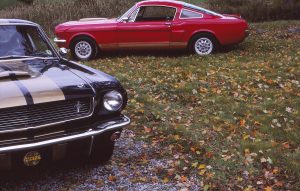
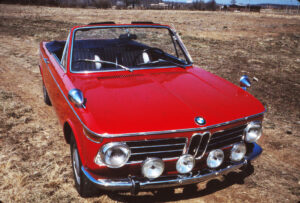
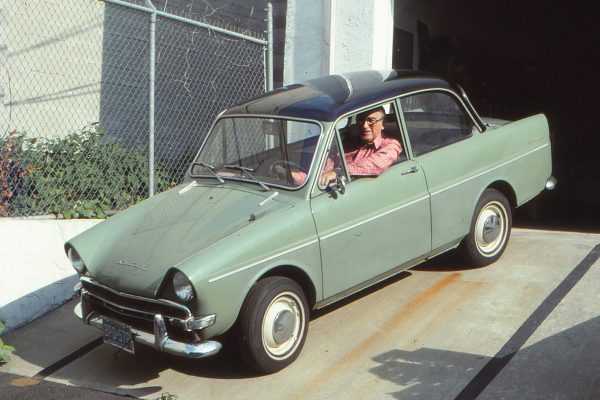

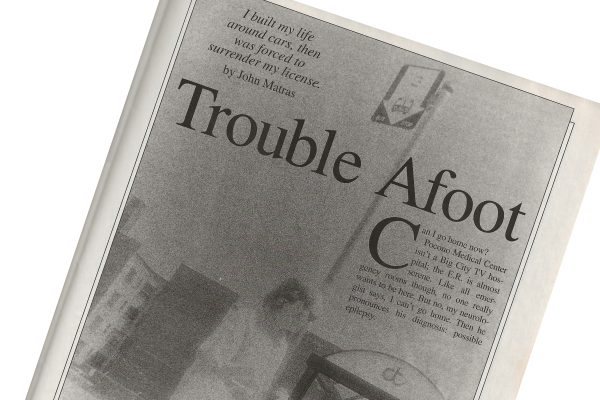
What Do You Think?
You must be logged in to post a comment.